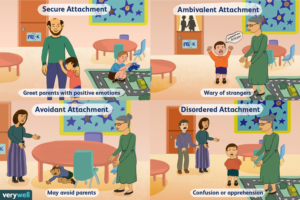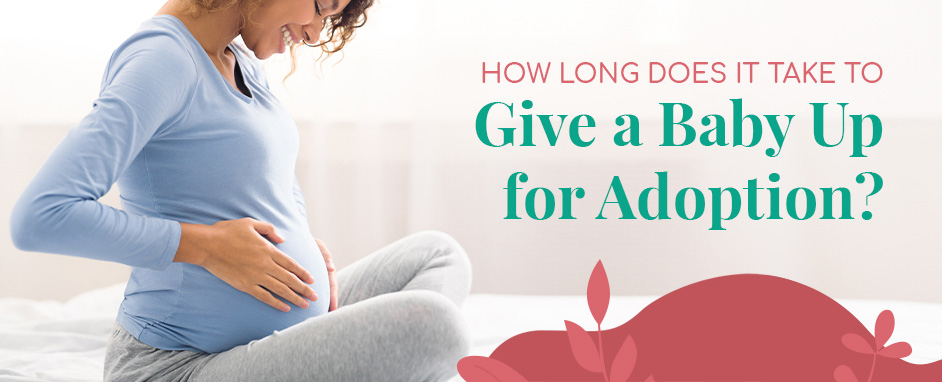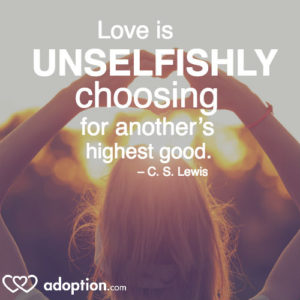February 05, 2020
Fostering Emotional Attachment with Your Child
Growing your family through adoption is a thrilling and glorious time! But it’s a lot to prepare to bring a new child into your home and to learn how to foster attachment. Many factors support happy and healthy attachment, which is why you must gather as much information as possible from your adoption agency and child’s birth parents so you can build strategies for the best ways to foster attachment.
What is attachment? It’s an affectionate bond developed between a child and their primary caregiver. Or, it’s an established and safe relationship between a child and their parent. For some mothers, attachment begins in utero, and for others, attachment begins after birth with daily care-based interactions. These interactions range from providing basic needs to engaging in active play with your child. The most crucial point is that each interaction contributes towards a safe, loving space for your child to grow.
To better understand attachment, it’s essential to know that there are four primary kinds:
- Secure: children with a secure attachment display sadness when their caregiver leaves and happiness when they return. They actively explore. A secure caregiver will typically respond to a child’s needs immediately.
- Insecure-Ambivalent: children who have an IA attachment tend to stay close to their caregivers and are shy about exploring without guidance. They will express sadness and desperation upon separation, but ambivalence upon reunion. An insecure-ambivalent caregiver will typically have a cooler and slower response to a child’s needs.
- Insecure-Avoidant: insecure-avoidant children are outgoing and will often interact with strangers or people besides their caregiver. A caregiver displaying this attachment typically avoids physical contact.
- Insecure-Disoriented: a child who falls into this attachment category will often show confusion or resistance. They are upset upon separation and more upset upon reconciliation.
Not all children attach to a caregiver the same, but as the caregiver, it is up to you to begin developing a healthy sense of attachment early on. Attachment isn’t just a decision a child makes. It is a safe space formed by consistent and loving interactions between those with who they interact. If you’re looking for more postadoption resources to foster healthy attachment, we love the Adoption Center and their comprehensive list.



